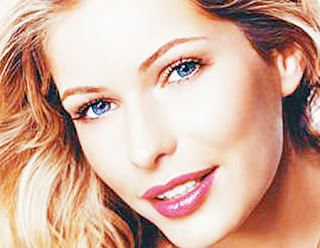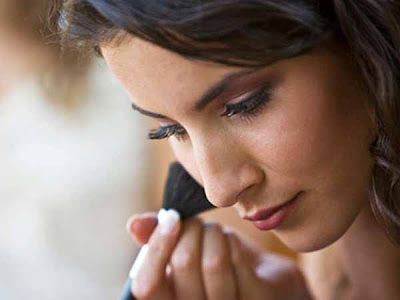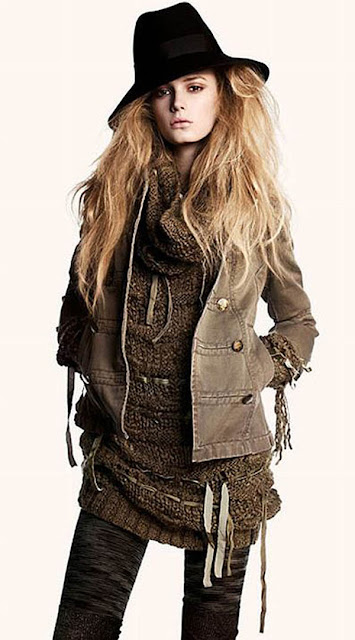It is Friday and I am on my way to Canterbury to speak to writing students at the University of Kent. Their instructor has emailed me to say the format will be similar to the Q&A session we did last year, but last year I was late, got lost, panicked a little, failed to recover my composure and consequently have no memory of the event.
This time, through a similar lack of organisation, I'm running late again. In my haste, I buy the wrong type of rail ticket and am told at the barrier to return to the ticket machine and purchase a supplement. Supplementary purchase, however, does not appear among the available options offered by the machine. I jab at the touch-screen stupidly for some minutes, watching the station clock with one eye, until I feel able to run back to the barrier and remind the attendant that it is part of his job description to help morons in distress.
He leaves his post, escorts me to the machine and effects the transaction with me looking over his shoulder. This is mildly humiliating, but over the years I have learned that the simplest solution to most travel difficulties is to find someone in charge and present yourself as a mess to be cleaned up. As I take my seat, I tell myself it had to be done.
When the conductor announces the time of our departure, I realise I am on the wrong train, and that I am going to reach my destination an hour early. Only then does my face go hot. Once again, I have exposed myself as an idiot for nothing.
The students I am put before have all been obliged to read four or five examples of this column, and their queries come in two types: ones that question my veracity, and ones that question my sanity. They do not seem convinced by my repeated insistence that what I write is broadly true and that I am broadly normal. I claim that I simply choose not to write about the many small personal triumphs that fill each day. I explain that the kernel of every piece is more often than not an instance when I blush with shame. As long as that happens once a week, I say, then I'm fine. Their instructor, who is sitting in the back row, raises a pencil, and an eyebrow.
"Is this experience sufficiently shameful to warrant inclusion in your column?" he asks.
"I don't know," I say, feeling my face heat up again. Up to that point, I had imagined the whole thing was going rather well. A young man sticks up his hand.
"What do we have to do to get in your column?" he asks.
"I don't know," I say, fearful he might act on any suggestion. "It depends. If you…" I trail off and start looking around, as if for an escape hatch.
By way of wrapping up, I am asked to offer advice to aspiring writers. I start rambling about finding your own way round stylistic difficulties, an idea based on something I read, but am struggling to paraphrase. I realise I am looking at a sea of bewildered faces. You're talking nonsense, I think. You have to give them an actual example.
"It's like when you don't want to split an infinitive," I say finally. "But then, you know, the unsplit infinitive sounds stupid. Faced with a choice between being correct and sounding stupid, I just avoid the infinitive altogether."
I think: what have you done? Not only have you chosen to finish by bringing up a notoriously contentious grammatical issue, you've revealed a personal stylistic principle based on cowardice. They're going to eat you alive.








